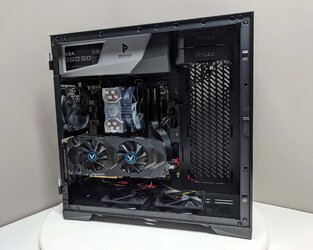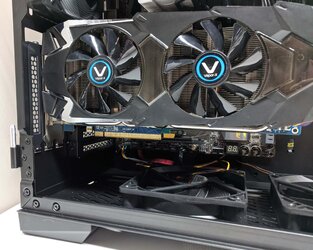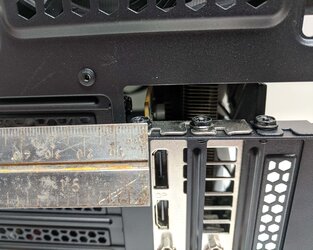- Joined
- Nov 1, 1998
Antec has released a brand new Mid-Tower case in the P120 Crystal. This new chassis may be one of the cleanest and most elegant cases Antec has produced. The P120 Crystal hails from the Antec Performance series of cases and includes full tempered glass front and side panels as well as the ability to mount a pair of 360mm radiators internally which is but one of many features.
Click here to view the article.
Click here to view the article.


